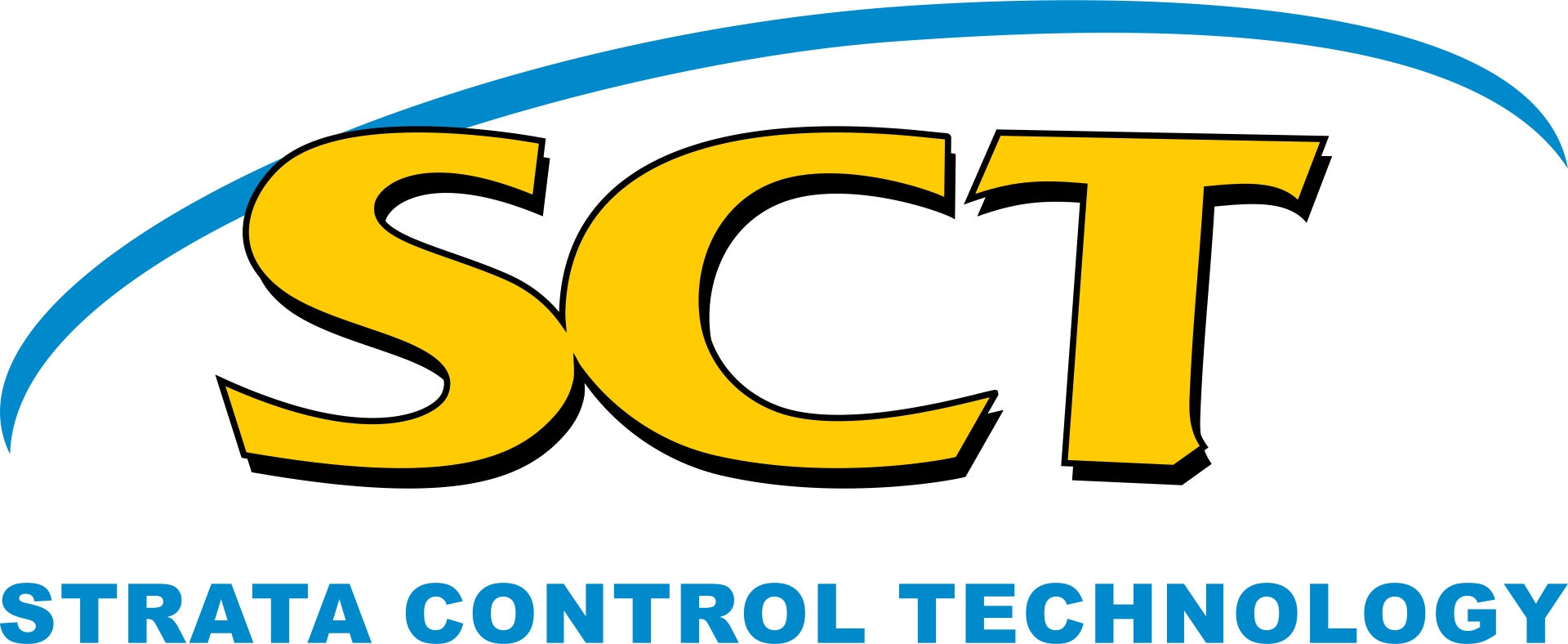Welcome to SCT's own publications library which contains a collection of recent publications and other resources with reliable research about our technology.
-
Mapping Techniques for Determining Sandstone Roof Channel Paleodrainage Direction in Coal Mines - Luc Daigle
Published Aug, 2017Sandstone channels are constant hazards to coal mining operations, the presence of a channel over a seam can result in thinning of the seam, changes in stress orientations, variation in stress intensity, abrasive cutting, roof hangup, faulting, jointing, loading of the face and even wind blasts. Prediction of the trend of a channel is usually difficult as channels tend to meander and follow complex orientations. However, geological mapping of development roadways can provide very good information on where to expect channels.
Mapping paleodrainage indicators at Yancoals’ Ashton Coal Mine in the Hunter valley demonstrates channel trends can be projected through analysis of these indicators. Recognising and recording oriented indicators on hazard plans can assist in forewarning where channels may be anticipated. The experience at the Ashton Coal Mine shows how recording these features provide a means of predicting channel trends. Drainage pattern interpretation of the sandstone channels was possible due to excellent exposure of coarse grain channel sediment, levee, and overbank facies deposition. Comparison of the plotted drainage trends with paleodrainage direction indicated by oriented plant debris demonstrates direct correlation, using paleodrainage indicators in the absence of an exposure of the channel base can be used to predict the trend of the channel at a specific location. Mapping-Techniques-for-Determining-Sandstone-Roof-Channel-Paleodrainage-Direction-in-Coal-Mines-L.Daigle.pdf1.2 MB
